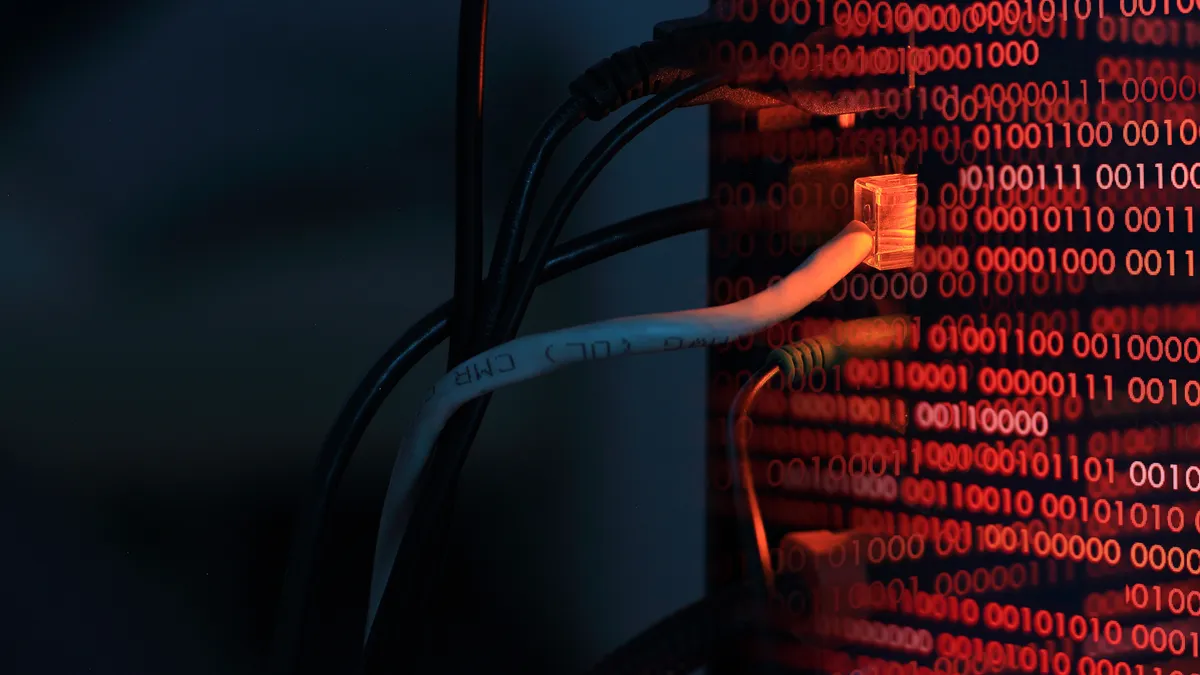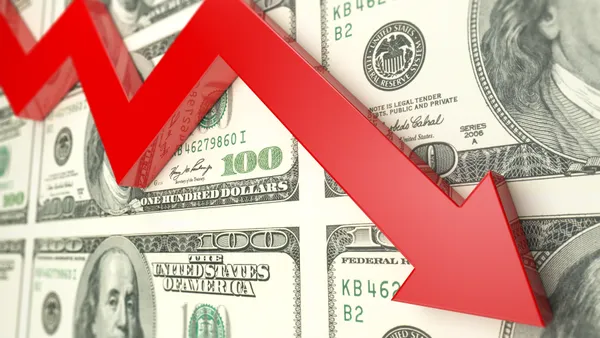Controlling fraud in the finance department has historically involved numerous manual tasks, but this could change as machine learning and artificial intelligence technologies enable dramatic boosts in the scope and scale of both monitoring and deterrence.
Tod McDonald, a forensic accounting specialist, is well aware of this. McDonald led the investigation into a $120 million Ponzi scheme in 2012, resulting in the arrest of Meridian Group founder Darren Berg. He said the two-year investigation could have been done in two weeks if he had access to modern software tools at the time.
“There were no other tools to ingest tens of thousands of pages of bank statement data to recreate the books and records directly from evidence,” he said, noting that this was the impetus to co-found his own company, financial intelligence platform Valid8.
But even now, a lot of anti-fraud work requires a “breathtaking” amount of effort to catch things like financial misstatements, vendor fraud or asset misappropriation, he said. All involve processing huge amounts of financial data searching for anything suspicious, which he said can be a “very manual effort that costs a lot and takes a lot of time.” It gets even more complicated when opening an investigation into potential fraud, as the CFO often needs to involve outside experts and (if relevant) board members.
But today, continuous monitoring with anomaly detection can be combined in a new category of software called verified financial intelligence that can process financial data in real time and check for anomalies, something he said has only recently become possible through AI and ML. These technologies are ideal for the mass data processing that continuous monitoring and detection need.
“Financial statements are comprised of accounts. Each one has a big pile of transactions behind it, whether revenue or travel expenses, and the ability to verify each of those transactions in an automated way, backed by supporting evidence, whether bank statements or contracts or purchase orders, will be coming very quickly [to wide availability],” said McDonald.
He noted that these solutions are very similar to what external auditors use. Like the CFO, the auditor also wants the ability to constantly assess the overall quality of financial data on an atomic level to identify anomalies on a transaction by transaction basis. With this in mind, he predicted that the solutions auditors use and those CFOs use will become more similar, perhaps even to the point of both using the same software. And both, he said, will have AI at their core.
“So you take a full population of transactions. Say we want to verify or monitor revenue. You click on that line and there’s millions of invoices in support of the total revenue line item. ... What you [appreciate] is the scale that AI is going to allow, especially with a little more time to allow AI to really kick in above this general AI that exists right now,” he said.
This doesn’t mean that there won’t be a place for humans. The CFO still has a responsibility to put systems in place, recruit competent professionals to oversee those systems, oversee the monitoring, and make the calls on anomalous items.
Leaders also need to know where to apply these solutions, whether payroll, accounts payable or travel expenses, as there is no one size fits all package covering an entire financial system. And they need to make sure the AI solution doesn’t just alert people to anomalies, but provides context and evidence for them. McDonald noted a lot of first-generation AI detection programs didn’t do this, which paradoxically led to more work from staff who had to analyze the flagged transactions.
“The main thing from a CFO standpoint is really keeping their ear to the ground and having a willingness to try out new software and tools as they get released. And as with any software, you’ll want to do a trial, a beta test, to make sure it’s actually effective and compelling and worth whatever the investment you’re throwing into it,” he said.



















